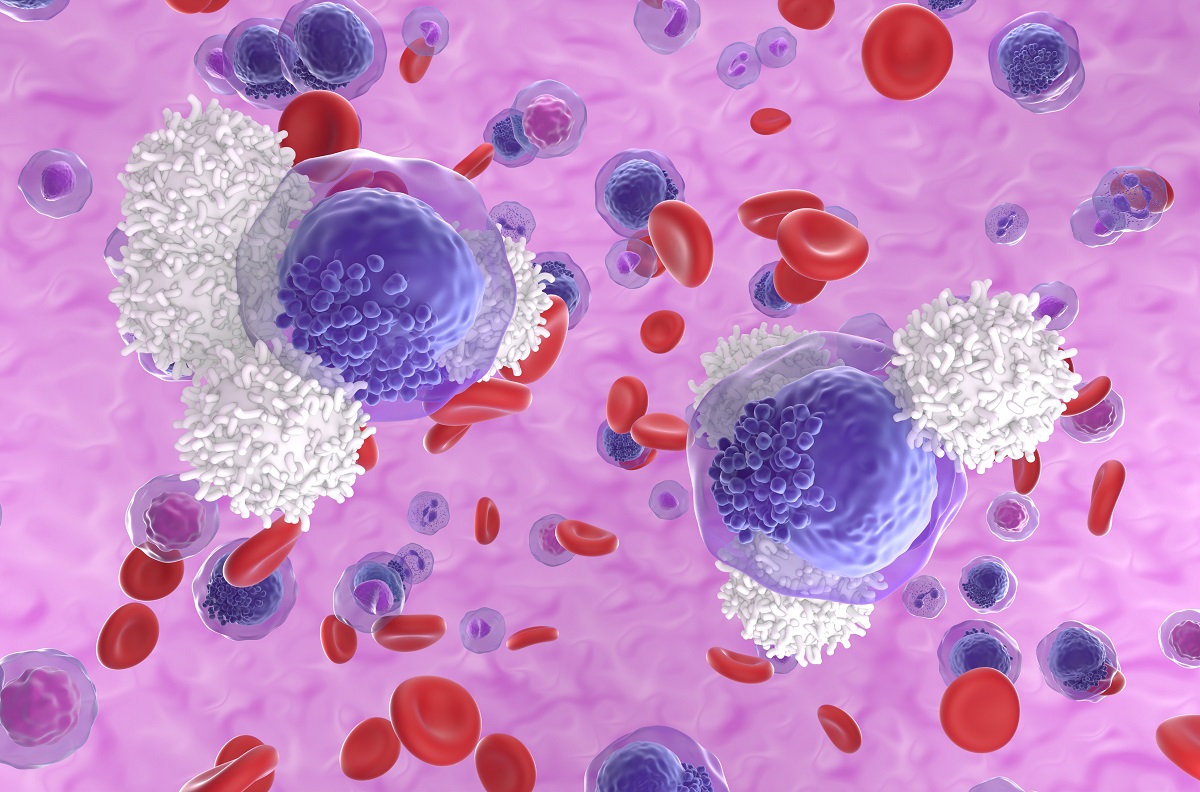KEY TAKEAWAYS
- The study aimed to understand the molecular mechanisms of relapsed childhood AML by examining genetic changes from diagnosis to relapse.
- Researchers found new mutations at relapse, indicating potential genetic drivers and the need for targeted therapies.
Relapsed acute myeloid leukaemia (AML) carries a poor prognosis in children. Understanding the genetic changes driving relapse is crucial for developing effective treatments.
H Aziz and the team aimed to investigate the mutational landscape of relapsed childhood AML by comparing genomic data from diagnosis, remission, and relapse.
The study included 3 pediatric patients with de novo AML. Whole-genome sequencing was performed on matched samples collected at diagnosis, remission, and relapse. Sanger sequencing was used to validate findings in a larger cohort of 47 patients. Functional analysis was performed to investigate the impact of identified mutations.
About 312 somatic mutations were identified across the three patients. Notably, only 46 variants were present at diagnosis, while 49 were present at relapse, including 35 new variants not detected at diagnosis.
They identified 6 potential driver mutations (KIT, CDC73, HNF1A, RBM10, ZMYM4 and ETV6) were identified. Recurrent mutations in the ETV6 gene were observed in two patients. Functional analysis demonstrated that the ETV6 mutations led to a loss of its tumour-suppressive function.
This study revealed a dynamic mutational landscape in relapsed childhood AML, with new mutations emerging at relapse. These findings enhanced the understanding of the molecular mechanisms driving relapse and highlight potential therapeutic targets, such as the ETV6 gene.
No funding information was available.
Source: https://pubmed.ncbi.nlm.nih.gov/39207003/
Aziz H, Ab Mutalib NS, Alias H, Jamal R. (2024). “Whole genome sequencing reveals the mutational landscape from disease diagnosis to relapse in patients with childhood acute myeloid leukaemia.” Malays J Pathol. 2024;46(2):259-278.



